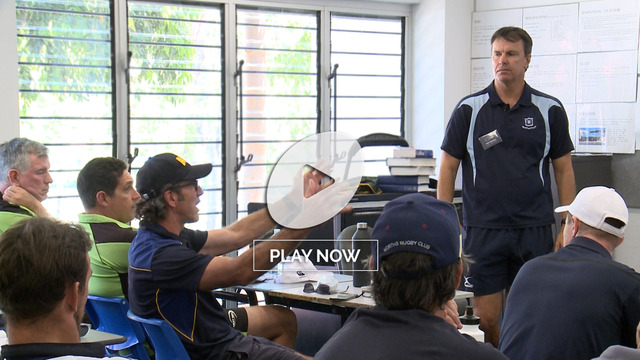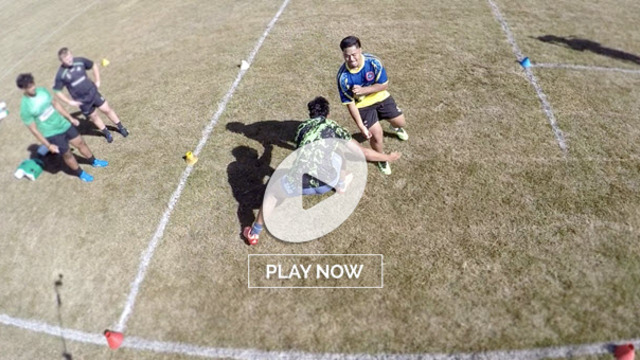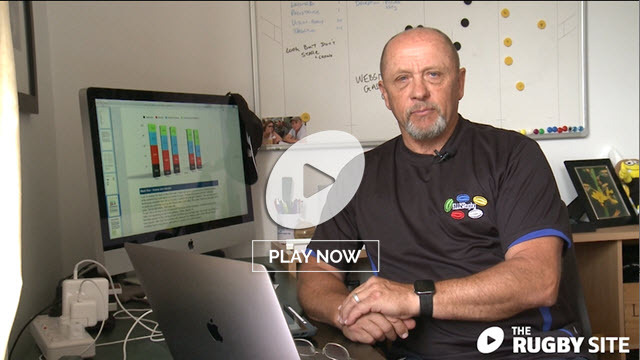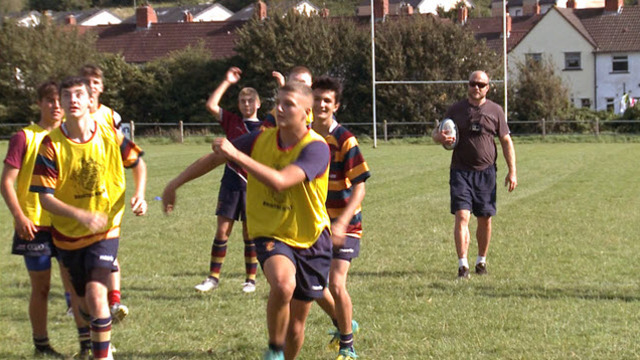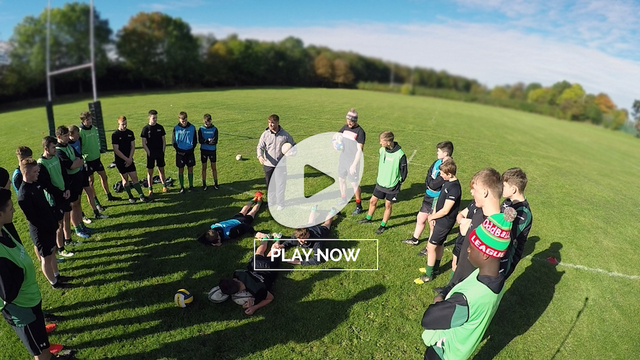‘Tactical Periodization’ is becoming a popular phrase in the sporting vocabulary. England coach Eddie Jones used it in his keynote address to the Global Coaches Conference for the International Council for Coach Education (ICCE) in 2017. It is far more developed in games like soccer than it is in rugby.
Typically, it means organizing a period of preparation – ranging from a week to a whole season, or even an entire four-year World Cup cycle – into different blocks of activity. It is holistic, embracing the mental-emotional, tactical, technical and physical aspects of preparation, and originally derives from the work of Portuguese Soccer coach and academic Vito Fradé in the early noughties. Reportedly, it has been a factor in the success of the football teams of his fellow countryman José Mourinho.
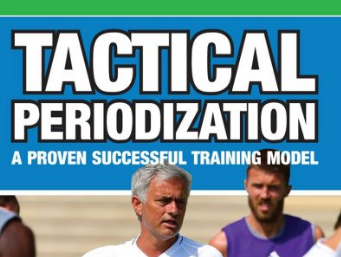
A typical period will therefore include phases of ‘acquisition’ (strength, speed, endurance, tactical and technical information etc.), ‘active recovery’ and outright rest. It will imitate game scenarios, which in rugby usually involve short bursts of intense effort (scrum, breakdown, sprints after a critical break or turnover etc) followed by phases of low intensity (walking between set-pieces, penalties and injury breaks in the game). In rugby the low-intensity times outweigh the high-intensity periods by roughly 2 to 1 (59 seconds to 26 seconds).
There is a strong emphasis in TP on awareness of the ‘chaotic’ to-and-fro rollercoaster of a rugby game, and recognizing the need to prepare to perform the right action at the right moment.
There are also some more concrete signs that TP models are drifting steadily towards the centre of professional rugby. The most literal meaning of ‘periodization’ is dividing the 80 minutes a match lasts into blocks of time, in which different tactical goals can be highlighted. With an eight-man bench, the most obvious opportunity to accomplish a change of tactical emphasis is by the smart use of substitute players.
Within that eight-man panel, there has to be a complete front row composed of two props and a hooker for welfare reasons, and this can become a ready platform for a change in tactical emphasis.
In recent times, South Africa have begun to select probably their best front row combination of Steven Kitshoff, Malcom Marx and Vincent Koch on the bench. In the final memorable match of 2021 Rugby Championship versus New Zealand, they introduced all three as early as the 38th minute of the first half. The trio helped turn around an 11-15 deficit, ‘winning’ their period of the game 20 points to 14, and nudging South Africa over the finish line 31-29.

In the final game of the November series versus England, the Springboks lost the ‘period without’ 17-12, but won the ‘period with’ Kitshoff-Marx-Koch 14-10, only going down to a last-gasp Marcus Smith penalty on the final hooter.
The Leicester Tigers adopted some of the same practice during the long unbeaten 13-match run which kicked off their 2021-2022. In the first leg of their double-header against Irish province Connacht, they left their top scrummaging front row, including veteran internationals Julián Montoya and evergreen England tight-head Dan Cole, on the bench until the 51st minute of the game. A 12-20 deficit was overturned and transformed into a 29-23 victory with their arrival.
Winning the contest for possession, and acquiring penalties on the back of those wins, are key to this version of ‘periodization’. Between them, the Leicester and Springbok front rows won seven penalties at the scrum over those two matches, and Marx added two more penalties at defensive breakdowns to pad the dominance. Montoya is just as much of an on-ball force as Marx, having finished with the highest number of break-down steals in the 2021 Rugby Championship, and twice as many as the next man.
The scrums in the Leicester-Connacht game had been even before the arrival of Montoya and Cole, but the complexion changed dramatically as soon as they stepped on to the field:
The Irish front row goes up and back, and that is enough to give Leicester great attacking position deep in the Connacht 22, and change the perception of the set-piece in the mind of referee Mike Adamson.
The Tigers immediately set another series of scrums close to the goal-line:
One of the most difficult tasks for a scrum in the ascendant is move to the set-piece forward equally on both sides rather than spin it around its natural axis, and this is precisely what Montoya and Cole achieve to win another penalty.
One more penalty and the cork popped, with Connacht’s international tight-head Finlay Bealham ordered to the side-line on a yellow card for persistent infringement:
Leicester promptly scored a seven pointer on the very next play to close to 19-20, then put the match beyond the reach of their opponents from another scrum penalty in the 70th minute:
There is no obvious forward movement at the set-piece, but by this time the referee’s mind is made up, and Leicester are the team to benefit from a 50/50 decision.
The theory and practice of ‘Tactical Periodization’ is in its infancy in rugby, but there are already some indications that it may be having an impact. Coaches are beginning to choose not only the periods and areas of preparation they want to emphasize, but also the time-phases of the game where they want to go on the offensive.
With genuine depth in your front row resources, there is every reason to play your best trio off the bench – to maximize scrum dominance and fortify your strength at defensive breakdowns, where modern hookers have become such a key influence. Within that last half hour, you can find an effort which wins the game and takes home the spoils.
*Those interested in a summary of the theory can look here https://journals.lww.com/nsca-scj/fulltext/2018/10000/a_tactical_periodization_approach_for_rugby_union.1.aspx








